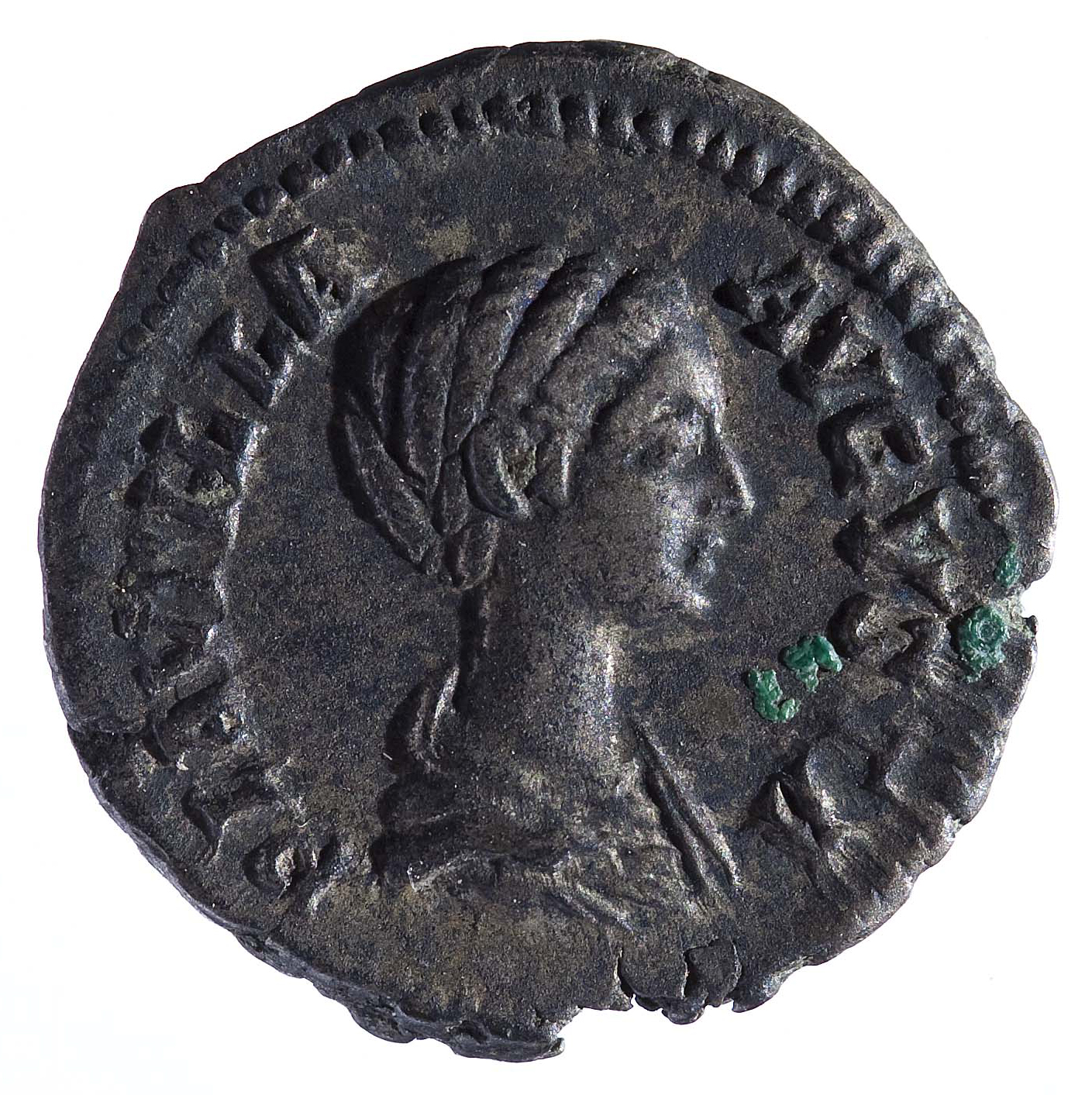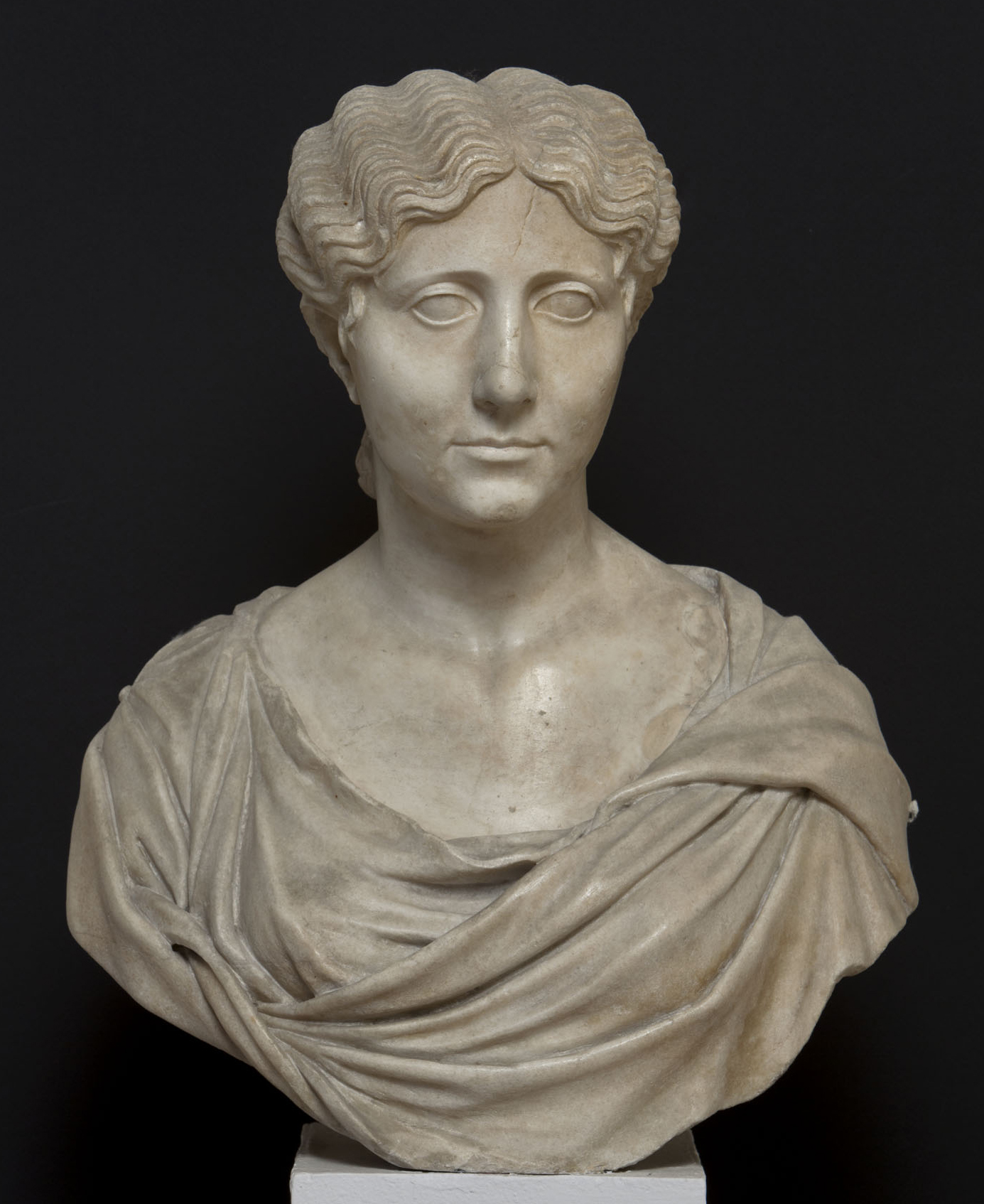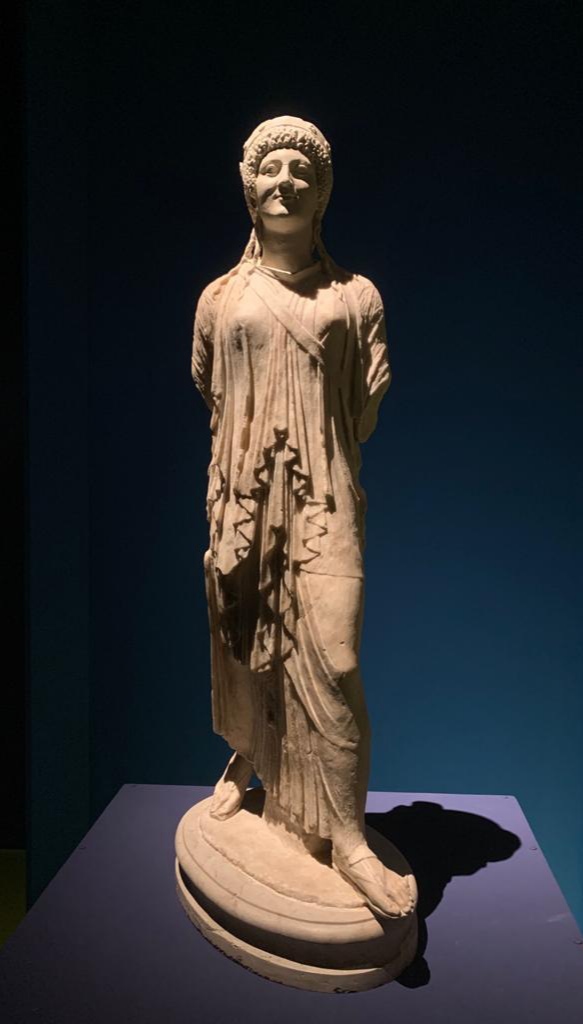Dominae and fashion: Vibia Sabina, Augusta and wife of Hadrian
At the end of Trajan's reign, as he had no heir, the question of succession became urgent. According to some sources, his wife Plotina played a decisive role in this situation, favoring the ascension to the throne of the son of
Dominae and fashion: the dynastic ambition of Lucilla Augusta
In 176 AD, Marcus Aurelius awarded the title of Imperator to his fifteen-year-old son, Commodus, essentially designating him as his successor and thus ending the principate by adoption that had, until then, characterized the Antonine dynasty. However, this decision had political
Dominae and fashion: Erennia Etruscilla, the surviving Augusta
During the third century, at the height of military anarchy, political upheavals were the order of the day. Indeed, “soldier emperors” could fall victim to wars or usurpations, thus being killed by other pretenders to the throne who interrupted their
Dominae and fashion: Fulvia Plautilla, fleeting wonder at the court of Severi
After the rise of Septimius Severus and the end of the civil war, the new emperor had to surround himself with reliable men of undoubted loyalty. One of them was Gaius Fulvius Plautianus, relative of Severus and prefect of the
Dominae and fashion: Antonia Minor behind the scene of power
Within the Julio-Claudian dynasty, women often had the opportunity to shine and show off their political skills. However, there have been cases in which these, despite their prestige and influence, remained in the shadows: an example is that of Antonia
Dominae and fashion: augustae of the Trajan age
Trajan is considered one of the best Roman emperors, awarded by the Senate with the title of optimus princeps. He was of Hispanic origins and his brilliant military career stands out, culminating with the conquest of Dacia between 101 and
Dominae and fashion: the Flavian matrons
At the end of the civil war between 68 and 69 AD, which broke out after Nero's death, the empire passed into the hands of Vespasian, who re-established the balance lost with the end of the Julio-Claudian dynasty. A man
Dominae and fashion: Julia Domna, the female side of Severan power
According to Cassius Dio, after Marcus Aurelius' death Rome would have passed «from a kingdom of gold to one of iron and rust»: indeed, after the killing of Commodus in 192 AD, it began a serious crisis, in which the
Dominae and fashion: Agrippina the Elder, the perfect matron
Observing the Roman marble portraits in Room IX, one can note the presence of the one belonging to Agrippina Maggiore, an important female character of the Julio-Claudian dynasty. Daughter of Julia and Agrippa, granddaughter of Augustus, wife of Germanicus and
Marbles and digital clones
The Archaeological Museum elsewhere On the occasion of the statue of Artemis loan to the Archaeological and Art Museum of Maremma in Grosseto, the National Archaeological Museum of Venice wanted to fill this absence within its collection, showing a digital clone.











